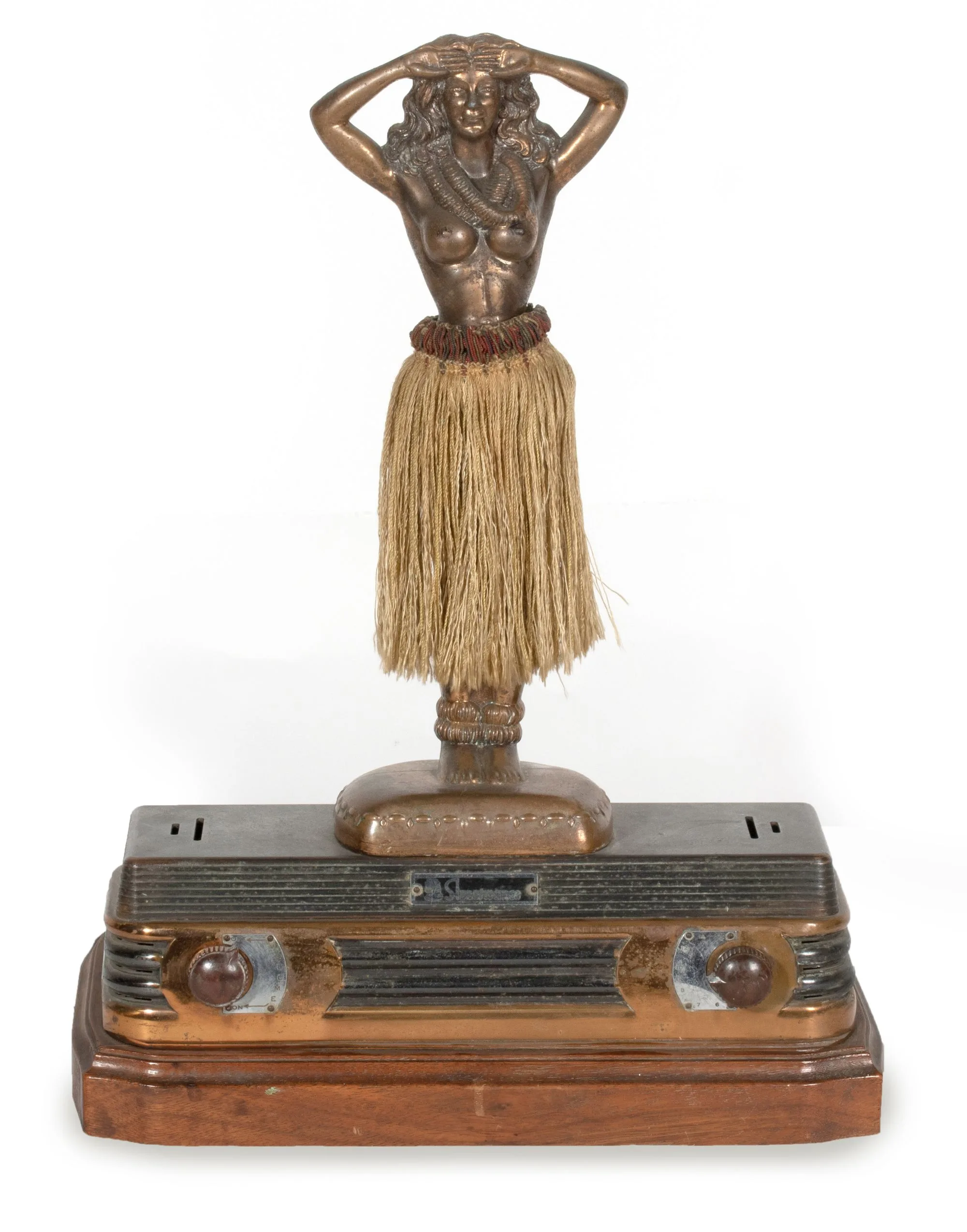Selections From the John Adair Jr. Collection
Session One
A Single-owner Sale of Fine Antique Rugs and Post-war Modern Graphics
Sunday, December 7 2025
Auction begins at 1pm Central Time (US)
7:00pm London | 8:00pm Paris / Berlin / Vienna
John Adair, clearly a passionate and discerning collector, built up a significant collection of over 300 rugs predominantly made up of weavings from all regions of the Caucasus. These include Marasali, Akstafa, Shirvan, Kuba, and Kazak and specific types within these categories.
Pieces date from the mid-19th century to the early years of the 20th century, and many of these are woven with date inscriptions. He seems to have developed a passion for prayer rugs and there are many varied examples from each region represented; some are very unusual.
Documentary evidence shows that he acquired pieces from highly respected dealers and authorities and reached out globally to find what he was looking for. Pieces were sourced in Australia, Europe and the United States from Grogan, Henry’s, Austria Auction Company, Claremont and Peter Pap, to name a few.
It seems clear that Adair believed in the principle of buying pieces that were essentially in good condition (commensurate with age), and that colour and design were to combine harmonically, brought alive by texture thereby creating an accomplished work of woven Caucasian applied art.
It remains uncertain how John Adair Jr. from Atchison, Kansas, a small town in the middle of America, developed his passion for collecting world-class Caucasian weavings.
It may have begun the summer of 1964 following his graduation from Kenyon College in Ohio, where he earned a degree in economics.
‘A bunch of us rambled around Europe in a Volkswagen almost all summer,’ he once recalled.Or it could have been the time he found himself stranded in Yugoslavia but through a twist of fate made his way to Turkey.
“I was really stuck. Didn’t have much money and couldn’t hook a ride for the life of me. Then came along a busload of English people from London on their way to India. They invited me to accompany them … I joined the party in Istanbul and stayed with it for a complete tour of Northern India and back to Athens.” John would spend nearly two more years hitchhiking his way around India, a traditional trade network through which Persian and Caucasian rugs moved. His collecting journey could have begun here.
Then again, it’s entirely possible that John’s first encounter with the beauty and vigor of a rug from the Caucasus took place sometime during the next 30 years while he was living in Japan, operating an antique shop in Tokyo. His shop, Kurofune (a word that denotes something from beyond Japan’s shores), became known the world over. It was a destination for tourists and Japanese collectors alike. Major publications – including The Wall Street Journal, The New York Times, and The New Yorker – declared Kurofune a must-see destination for collectors and decorators visiting Tokyo.
However and wherever his passion was ignited, Mr. Adair would go on to assemble what is arguably one of the largest and most interesting single-owner collections of antique Caucasian rugs ever to come to market.
Of Mr. Adair‘s Caucasian weavings, Jonathan Wadsworth, specialist for this sale, and former director and head of Sothebys carpet department, London stated. “This is a significant single owner collection of fine antique Caucasian rugs from across the spectrum, based on discernment, passion and enthusiasm. Such comprehensive collections seldom appear on the market.”
The John Adair Jr. collection of fine Caucasian rugs will be offered across multiple single-owner sessions. These sales will frequently include another of Mr. Adair’s passions: Postwar Modern Art, of which he has collected more than 500 pieces.
Soulis Auctions 2024. All Rights Reserved
Privacy Policy / Terms of Use





